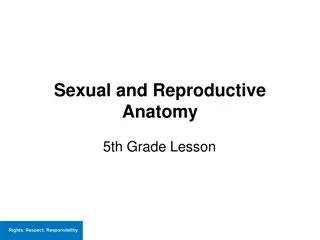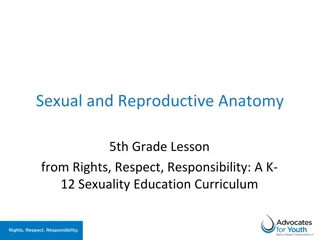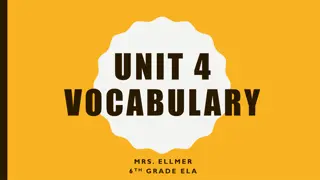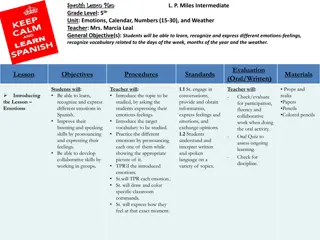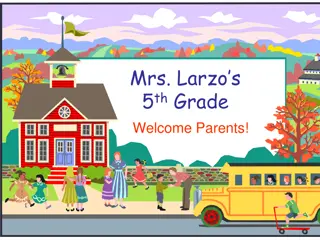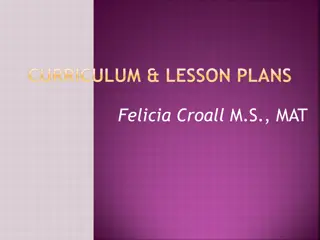
Understanding the European Union: Key Roles and Impact
Explore the functions of the European Union, including shared sovereignty, consumer protection, environmental initiatives, and agricultural policies. Learn how EU regulations enhance safety, transparency, and sustainability across member states.
Download Presentation

Please find below an Image/Link to download the presentation.
The content on the website is provided AS IS for your information and personal use only. It may not be sold, licensed, or shared on other websites without obtaining consent from the author. If you encounter any issues during the download, it is possible that the publisher has removed the file from their server.
You are allowed to download the files provided on this website for personal or commercial use, subject to the condition that they are used lawfully. All files are the property of their respective owners.
The content on the website is provided AS IS for your information and personal use only. It may not be sold, licensed, or shared on other websites without obtaining consent from the author.
E N D
Presentation Transcript
Hi, my name is Seamie Shamrock! Look out for me My Big Friendly Guide to the European Union What does the EU do? Lesson 6
What does the EU do? It works with the national and local level to bring programmes and services to people. The Erasmus programme: any student or apprentice can go to another EU country for at least a semester to study. The EU works on the principle of solidarity and shared sovereignty. Sovereignty means that a country has the full power to govern itself without any interference, makes its own rules. What do you think shared sovereignty means? Do you remember the discussion in the Brexit lesson?
Shared Sovereignty The EU is an association of sovereign countries, all of which have a say in how they wish to develop the EU. The goal is to keep improving the EU and this is done in part by putting in place rules and regulations that have to be followed by the Member states. These regulations cover many areas such as agriculture, fishing, jobs, travel, education, environment, consumers etc. All the members of the EU have decided to share their sovereignty when it comes to making those decisions.
Consumers EU rules require the CE conformity mark to be used on many categories of products. This is the manufacturer s declaration that the product is safe. Misleading advertising has been banned. This means that no hidden costs, no tricks, no false claims and no misleading information is allowed.
Labels on all food products must include nutrition information on processed foods. Labels also have to highlight allergens like peanuts or milk in the list of ingredients and be easy to read.
Environment The EU is committed to helping the environment and fight against climate change. EU rules have meant that Member States have to act on water pollution, waste disposal, air quality, emissions and the preservation of natural habitats. Policies are in place to protect natural habitats, keep air and water clean, ensure proper waste disposal, etc. n
Agriculture The Common Agricultural Policy supports farmers in the EU. It was set up to ensure that the EU has a stable supply of affordable, and good quality food. Farmers receive payments for meeting various requirements such as farming in a way that is better for animal welfare, the environment and food safety.
Fishing The EU have a set of rules to manage fishing in Europe. This is know as the Common Fisheries Policy All European fishing fleets have equal access to EU waters and fishing grounds. Each country has a limit to how much of a particular fish can be caught each year. This is to ensure that they aren t overfished Fishing nets need to be big enough to let smaller fish escape.
Can you think of any advantages and/or disadvantages of shared sovereignty?
Learning Goals 1. I understand what sovereignty is 2.I understand what shared sovereignty is 3.I know what some of the EU rules and regulations are 4.I can think of some advantages and disadvantages of shared sovereignty


